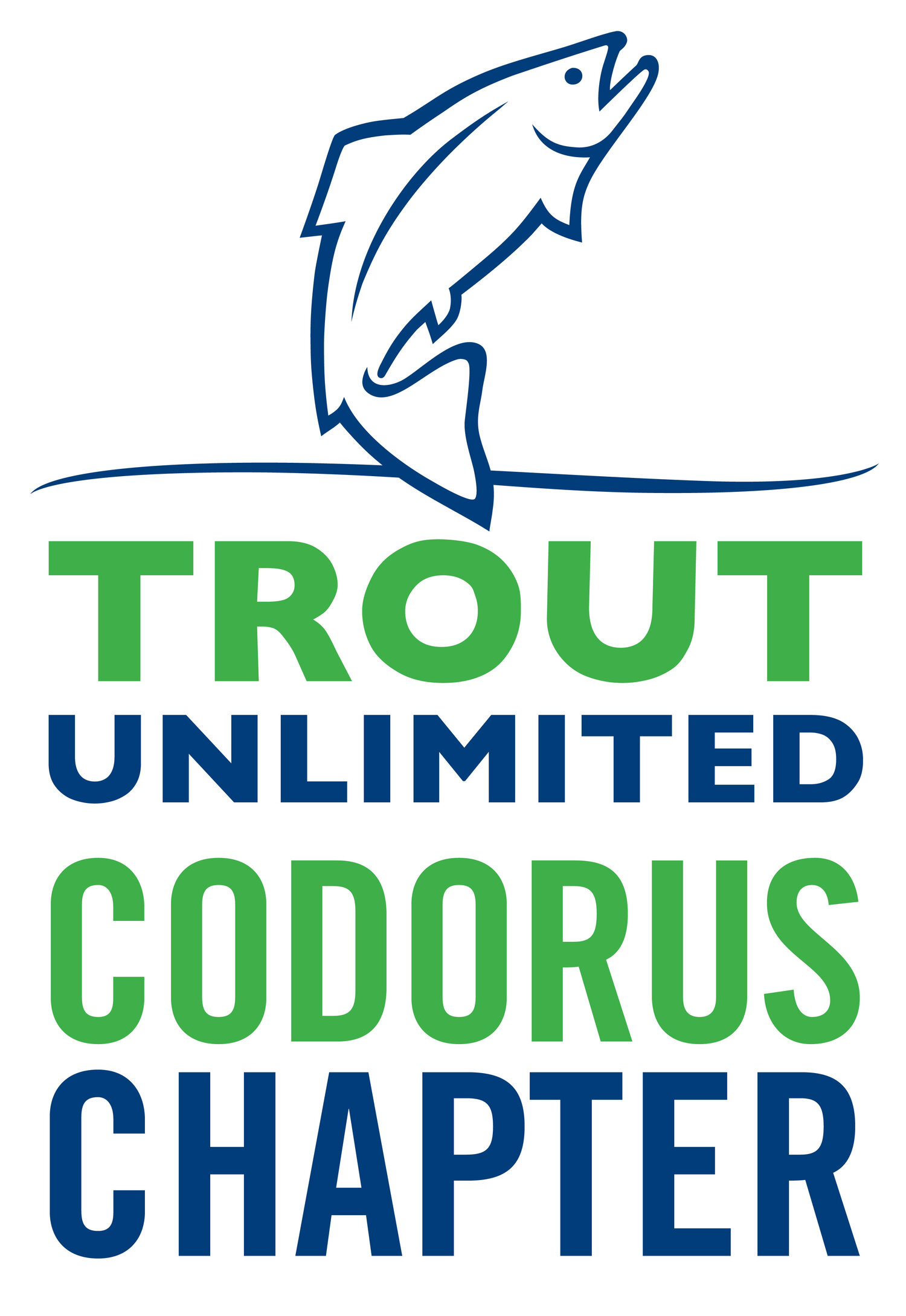Resources and Information
Reporting Problems
On any stream or river, it’s important that we all keep an eye out for problems and report them to the proper authorities when necessary. We hope that you will add these numbers to your cell phone contacts, or keep them handy somewhere just in case. Please document the situation as well as you can (photos, license plate numbers, etc.) after notifying the authorities, but please do not put yourself at risk while doing so.
The USGS Stream Gauge
The US Geological Survey maintains a stream gauge on the Codorus Creek which can be useful to anticipate stream conditions. Note, however, that the gauge is located well downstream of the trout fishery, and also includes flows from nearby Oil Creek. It also includes discharges and withdraws from a local paper mill (which appear as the many small ticks and blips on the graph). What the gauge data is most useful for is spotting significant changes, e.g. rapid rises after a heavy rain (see example). These spikes on the graph will almost always coincide with periods of unfishably high and/or muddy water. There’s also some historical data included, so you can compare current flows with averages from prior years. Different folks have different opinions on what values are too high or too low for fishing, so we can’t give any specific recommendations. Instead, we’d recommend watching out for large, sudden changes and plan your visits around them.
new zealand mud snails
Invasive Species
In 2020, invasive New Zealand mudsnails were discovered in the Codorus Creek trout fishery, and confirmed by the Pennsylvania Fish and Boat Commission. Whether they will have a noticeable effect on the fishery will only be determined by time. Since there is no known means of eradicating them, all we can do is take measures to prevent spreading them to other fisheries. Due to their tiny size, they can easily latch on to gear and clothing unnoticed, and survive for a significant time with very little moisture. To learn more about them, and the preventive measures we should all be taking, we urge you to click on the link below. Your cooperation is greatly appreciated.
Another invasive species that is of particular concern to PA’s trout fishing community is an algae commonly known as Didymo. As of the end of 2020, Didymo has not been found in Codorus Creek, but it has found it’s way to a growing list of PA streams as well as the nearby Gunpowder River in Maryland. Like mudsnails, it is spread by anglers on their wading gear and other tackle. Again, it is of the utmost importance that we all learn how to properly clean and manage our gear between trips so we don’t become carriers and transmitters. We’ve also provided a link below for didymo information, and we hope you’ll check it out. Thank you for your diligence!

